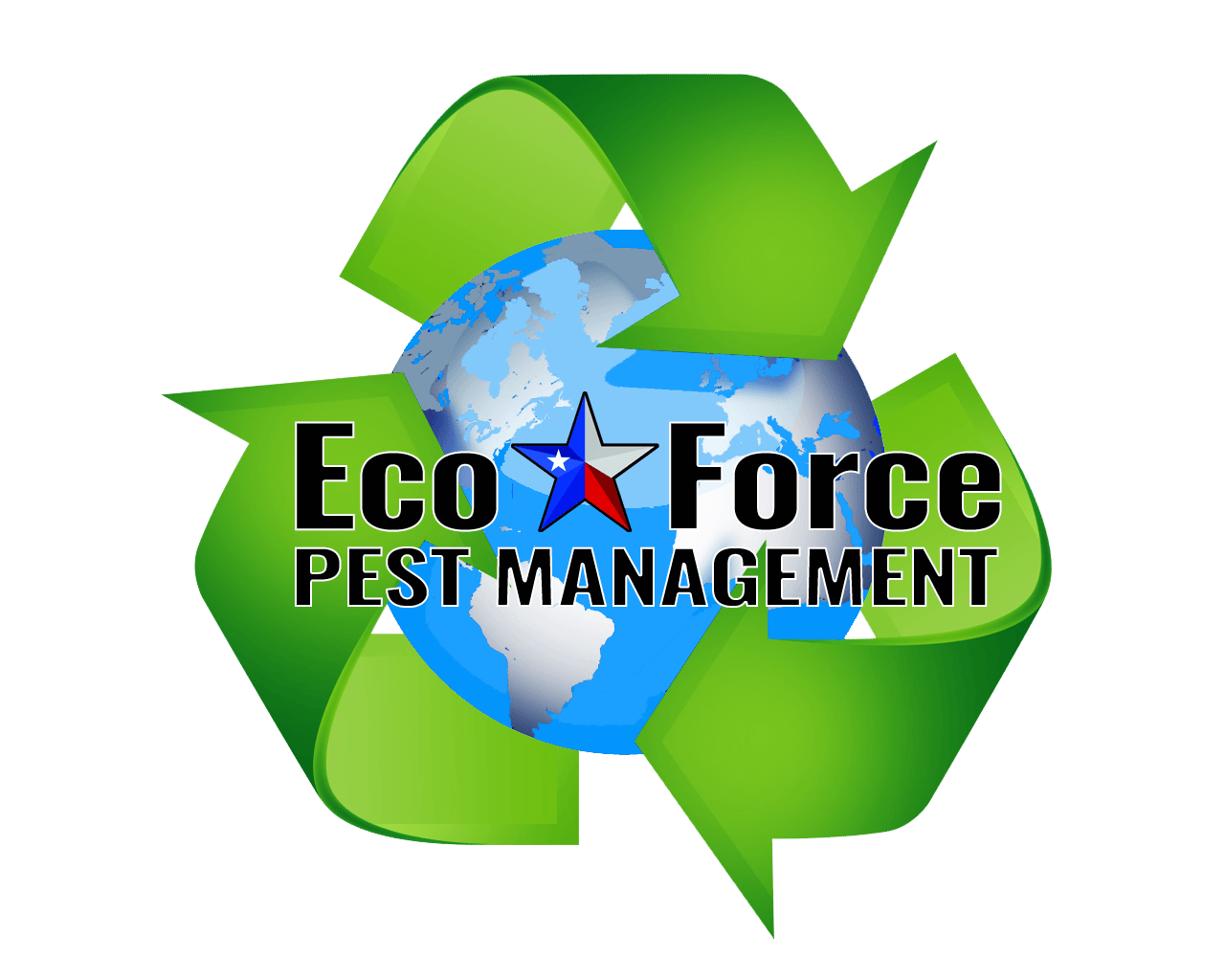Expert Ant Control Service
Guaranteed Ant Extermination In Texas
Secure your property against ant infestations effectively with professional integrated pest management strategies. EcoForce Pest Management delivers top-tier ant control solutions tailored for both residential and commercial settings. Our certified ant extermination professionals provide thorough inspections and execute both indoor and outdoor treatments. We employ a comprehensive pest management approach that pinpoints the location of the colony and any access points to eliminate the issue at its root.
Contact us today: 830-507-2847
Pest-Free Commitment
- Eco-Friendly Solutions
- Fully Licensed & Insured
- Competitive Rates
Pest FREE Guarantee
Competitive Pricing
Eco Friendly
Locally Owned
Skilled Ant Control Experts
EcoForce Pest Management has extensive experience in various ant control techniques, from spot treatments to comprehensive perimeter treatments. Since 2008, our team of seasoned professionals has utilized eco-conscious integrated pest management (IPM) principles to effectively tackle ant problems.
The Importance of Professional Ant Control
Professional pest control services will help eliminate an ant problem quickly to prevent an infestation from getting out of hand. A single ant queen can produce up to 800 eggs daily, and multiple colonies may require simultaneous management. Worker ants can travel long distances in search of sustenance while laying down pheromone trails that can lead the rest of the colony into your property in search of food. Regular visits from our EcoForce ant exterminators will help detect early signs of ants and ensure their timely and effective eradication. EcoForce offers an ironclad satisfaction guarantee. Our commitment is to resolve your ant problems thoroughly and ensure they don’t return. If they do, our team will come back at no extra charge.
Ant Treatments
- Local Spot Treatment: Targets ants inside your property using contact pesticides that are applied directly to problematic areas.
- Exterior Perimeter Treatment: Establishes a barrier outside the home using residual pesticides to prevent ants from entering through small openings.
- Ant Baits: Effective for controlling internal infestations because the bait is carried back to the colony where it is fed to the colony and queen which results in colony collapse.
- Organic Ant Treatment: EcoForce also provides an organic treatment option which is safe for both the environment and your family.
For prompt service addressing your ant control needs call 830-507-2847
EcoForce Pest Free Process
Step 1: Inspection
Our services start with a thorough inspection of the property. During this check, we will identify problematic areas with pest activity, access points, and where they are hiding.
Step 2: Treatment
After the location of pests has been identified, treatments will begin. EcoForce uses an integrated pest management approach that targets active pest infestations and prevents future ones from emerging.
Step 3: Exclusion
Once treatment is completed, exclusion strategies will be implemented to seal any access points that pests can use to gain access to a home or business.
Step 4: Maintain
On going maintenance and monitoring are all part of a comprehensive pest treatment strategy. This will help deter future pest activity as well as inform the team if pests return.
Ant Information
Identifying Ants: Ants commonly appear in shades of brown or black and feature six legs with a segmented body that is pinched at the abdomen. Their legs connect to the thorax which is the central part of their anatomy that links the head and abdomen.
Ant Behavior: Ants are social creatures that form large colonies that can rapidly grow to hundreds of thousands of members in a short period. Ant colonies tend to be found outdoors but ants will still infiltrate homes in pursuit of food for their colony when resources are available.
Ant Colony Hierarchy: Ant colonies have a distinct social structure that are divided into workers, soldiers, reproductives (or swarmers), and the queen. Workers are the most commonly encountered caste as they are tasked with food foraging. They will leave behind pheromone trails for others to follow, which is why trails of ants are commonly seen inside properties. Swarmers are winged ants that leave the colony to start new colonies and can be an early sign of an impending ant problem nearby.
Preventing Ants: Ants are drawn to the resources they need to sustain their colony. Preventative measures include removing these resources and sealing entry points to discourage ants from entering. Effective ant exclusion involves sealing gaps and crevices with caulk to prevent ants from accessing your home as well as laying down a perimeter application of residual pesticides.
Common Types of Ants Encountered by EcoForce Pest Management
List of Services
-
Odorous House AntsList Item 1
These small ants are typically black or brown and are known for their scavenging and predatory behavior. They are particularly attracted to sugary foods found in households.
-
Carpenter AntsList Item 2
Unlike termites, carpenter ants do not consume wood. However, they will burrow into wood to build their nests which can lead to significant structural damage.
-
Thief AntsList Item 3
These tiny ants are challenging to detect due to their extremely small size. They primarily feed on proteins and can infiltrate areas inaccessible to larger ants.
-
Argentine AntsList Item 4
Argentine ants have a strong preference for sugary substances. This species is known for creating super colonies that contain satellite colonies which makes extermination difficult.
-
Pharaoh Ants
Pharaoh ants are notorious for their indoor nesting habits and can eat almost any type of food. They pose a risk of fabric damage and can rapidly infest buildings due to their quick reproduction rates.
-
Fire Ants
Fire ants are aggressive and will swarm if their colony is disturbed. They can cause significant pain and discomfort through their bites and stings.
-
Pavement Ants
Pavement ants are prevalent in the northern and western U.S., extending as far south as Southern California. They are typically found building colonies along pavements, curbs, and foundations.


